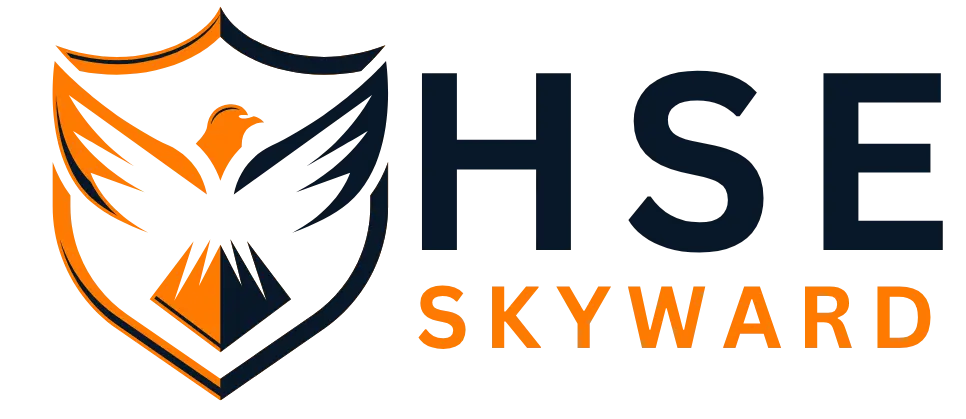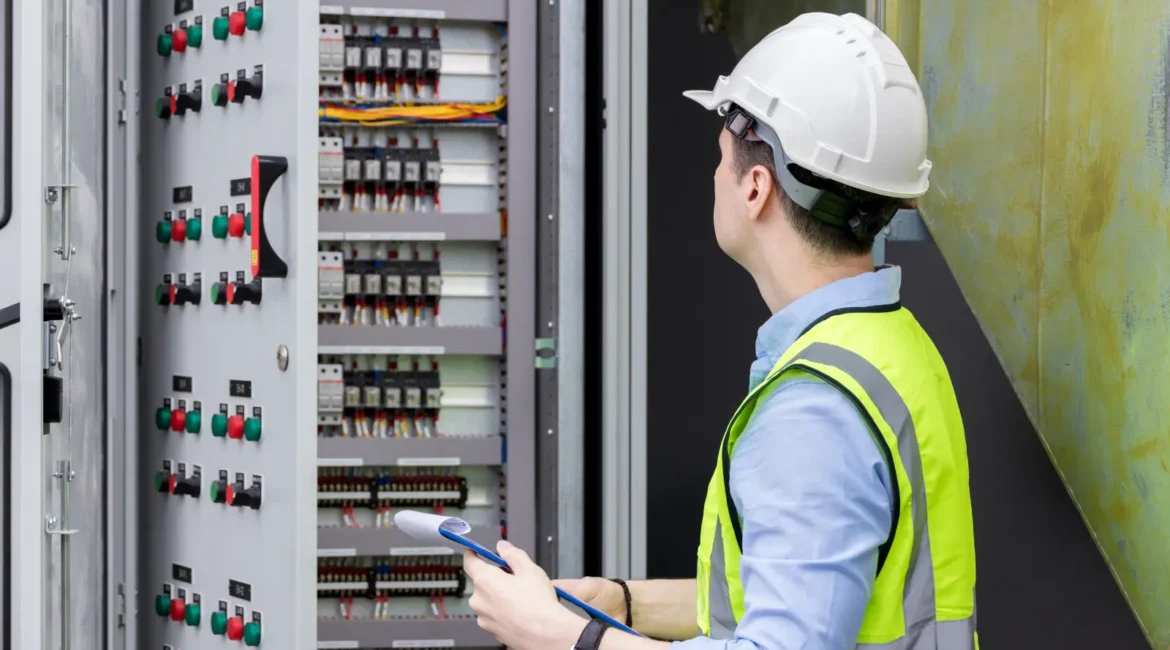In industries where hazardous processes are part of daily operations, safety is paramount. A Safety Instrumented System (SIS) plays a critical role in minimizing risks, protecting lives, and preserving asset integrity. This guide delves into the significance of SIS in industrial environments, breaking down its key components to help you better understand its function and value.

Why Are Safety Instrumented Systems (SIS) Essential?
A Safety Instrumented System is the backbone of industrial safety, designed to detect hazardous conditions early and respond swiftly to prevent accidents.
Here’s why SIS is indispensable:
1. Reducing Risk in Hazardous Environments
Industries like oil and gas, chemical manufacturing, and power generation often operate under high-risk conditions involving volatile substances, extreme pressures, and intense temperatures. An Safety Instrumented System (SIS) continuously monitors these processes, automatically intervening to restore safety when dangerous conditions arise.
For instance, if pressure in a chemical reactor exceeds safe limits, the SIS can initiate an emergency shutdown to stabilize the system, preventing explosions or leaks.
2. Ensuring Compliance with Safety Standards
Global safety regulations such as IEC 61508, IEC 61511, and ISA-84 mandate the implementation of robust safety measures like Safety Instrumented System (SIS). These standards outline the design, testing, and maintenance requirements for SIS to ensure reliability. Compliance not only minimizes risks but also helps avoid fines, legal issues, and reputational damage.
3. Protecting People and the Environment
An effective SIS protects workers from hazardous events such as toxic gas leaks or equipment failures. It also plays a crucial role in preventing environmental disasters—like spills or emissions—that can have long-lasting ecological consequences.
4. Promoting Operational Continuity
While the primary goal of an SIS is safety, it also supports operational continuity. By preventing accidents that lead to costly unplanned downtime, an SIS ensures smooth and productive facility operations, saving money and maintaining reputation.
5. Fostering a Proactive Safety Culture
Integrating an SIS into industrial systems encourages a proactive approach to safety. It reinforces the importance of prioritizing safety at every level of operation, building a culture where safety is viewed as a core aspect of operational excellence.

Key Components of a Safety Instrumented System (SIS)
An Safety Instrumented System SIS is a sophisticated system comprised of several interdependent components that work together to detect risks and take corrective action. Here’s a closer look at these critical elements:
1. Sensors/Detectors
Sensors are the “eyes” of the SIS, continuously monitoring variables such as pressure, temperature, flow rates, and gas levels. They detect anomalies and send data to the logic solver for further analysis.
- Examples:
-
- Pressure sensors to detect overpressure
- Gas detectors for toxic or explosive gases
- Level sensors to prevent tank overfilling
Reliable, accurate sensors are vital as they supply the data that drives the system’s response.
2. Logic Solver
The logic solver acts as the “brain” of the SIS, analyzing input from sensors and determining appropriate actions based on pre-configured safety parameters. If unsafe conditions are detected, the logic solver signals final control elements to mitigate the issue.
- Types of Logic Solvers:
-
- Programmable Logic Controllers (PLCs): Reliable and fast, ideal for executing safety logic.
- Distributed Control Systems (DCS): Integrated systems for advanced safety functions.
- Microprocessor-based controllers for complex decision-making.
3. Final Control Elements
The final control elements are the “muscles” of the SIS, executing corrective actions to bring the system back to a safe state.
- Examples:
-
- Emergency Shutdown Valves (ESVs): Isolate hazardous areas or halt dangerous processes.
- Pressure Relief Valves (PRVs): Release excess pressure to prevent equipment failures.
- Motorized Actuators: Precisely control valve positions during safety events.
These elements must operate reliably under even the most extreme conditions to effectively mitigate risks.
4. Human-Machine Interface (HMI)
The HMI allows operators to interact with the SIS, providing real-time updates on system performance, alarms, and process conditions. It also enables manual intervention when necessary.
- Features:
-
- Visual displays for monitoring processes
- Audible and visual alarms to alert operators
- Logs and historical data for analyzing events
5. Power Supply and Communication Systems
A dependable power supply and robust communication network are essential for ensuring SIS functionality at all times, even in emergencies.
- Uninterruptible Power Supply (UPS): Maintains operations during power outages.
- Fault-Tolerant Communication Systems: Ensure seamless data exchange between SIS components.
6. Alarm and Notification Systems
Alarms provide an additional layer of safety by alerting operators to unsafe conditions. They ensure human intervention is triggered when needed.
- Types of Alarms:
-
- Audible signals
- Flashing lights
- Notifications on HMI interfaces
Best Practices for Effective SIS Implementation
A well-designed SIS requires proper planning, regular maintenance, and ongoing monitoring to ensure optimal performance. Here are some best practices:
- Perform Risk Assessments: Identify potential hazards and determine where safety measures are required.
- Follow Safety Standards: Design your SIS to comply with standards like IEC 61511 for greater reliability.
- Test Regularly: Conduct routine tests on sensors, logic solvers, and control elements to ensure functionality.
- Train Personnel: Provide operators and engineers with the knowledge to interact effectively with the SIS.
- Document Changes: Keep detailed records of all updates to the SIS for compliance and traceability.
Prioritizing Safety in Industry
Safety Instrumented Systems are a cornerstone of industrial safety, capable of preventing catastrophic incidents while protecting lives, the environment, and assets. Their ability to monitor risks, execute corrective actions, and maintain operational continuity makes them an essential investment for any facility handling hazardous processes.
By implementing a robust Safety Instrumented System, industries can foster a proactive safety culture, ensure compliance, and secure long-term operational success. Don’t wait—equip your facility with a Safety Instrumented System and prioritize safety today.






